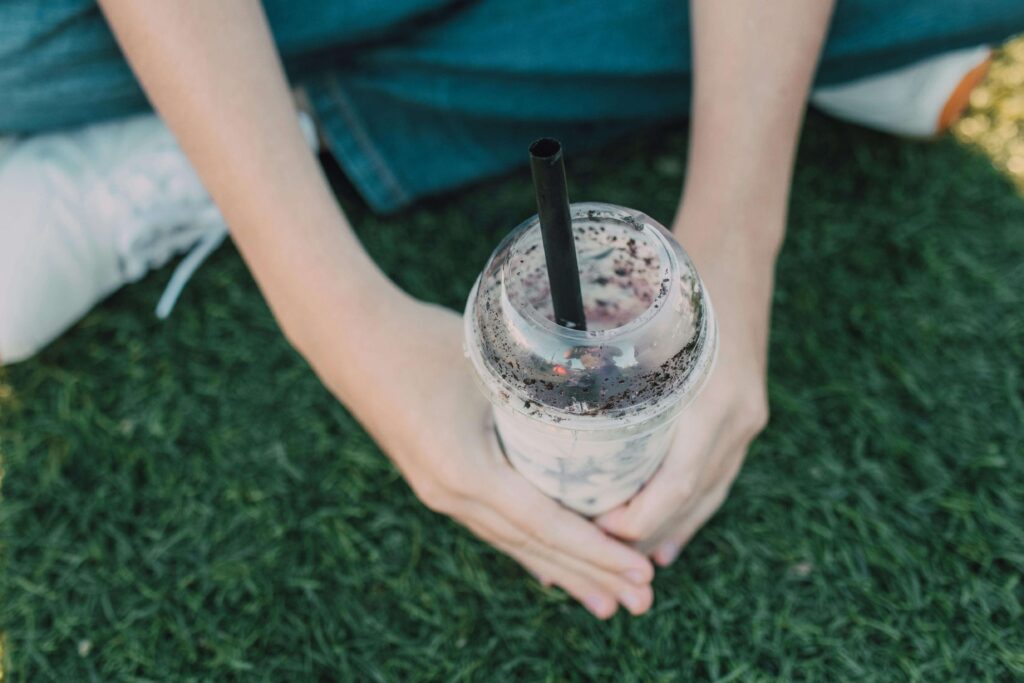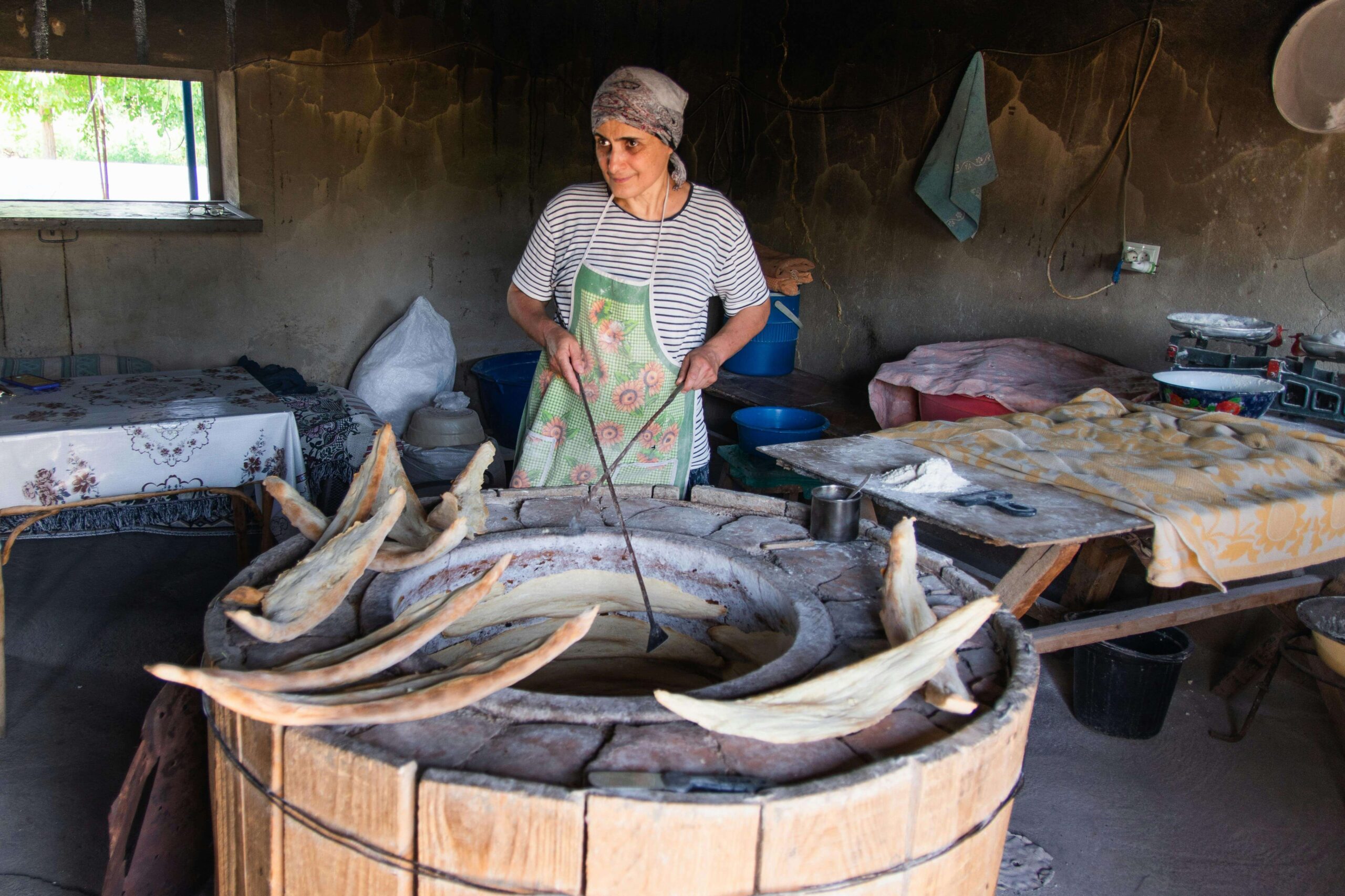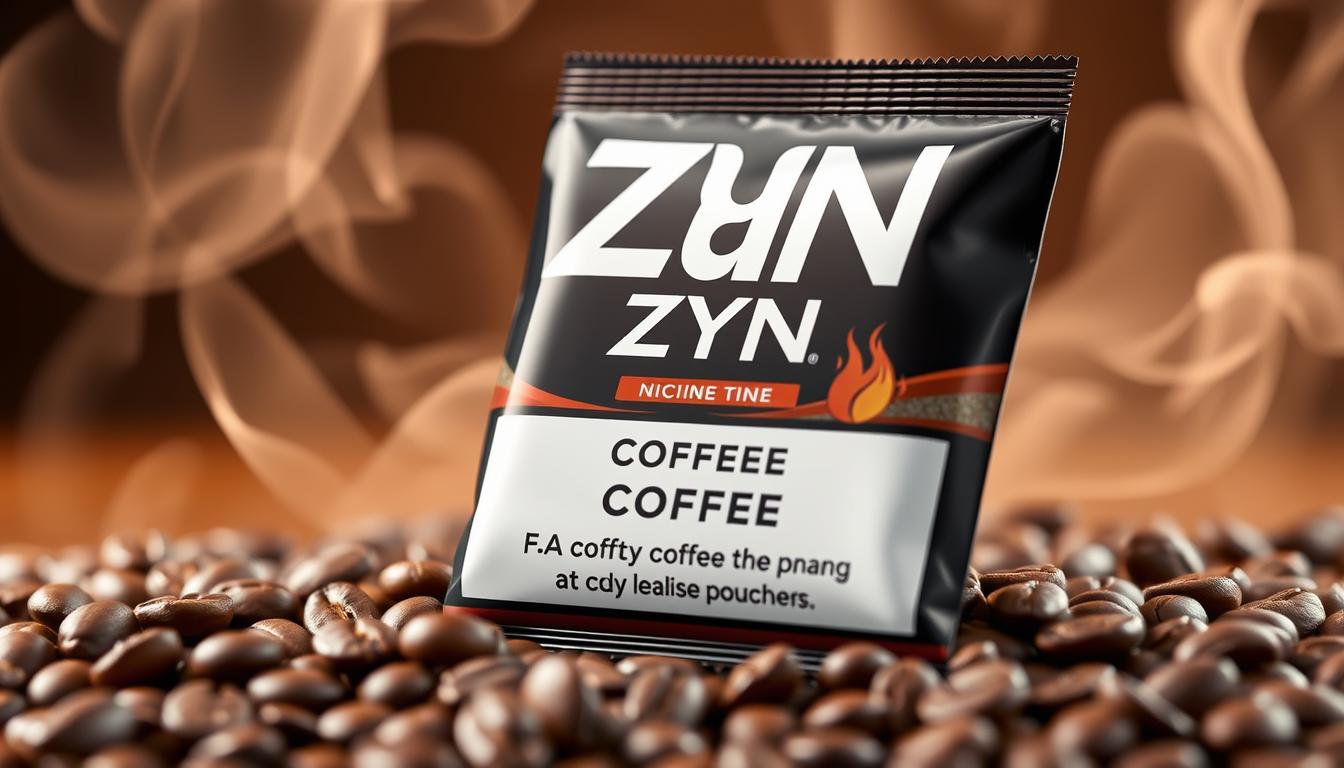
If you’re a fan of unique and refreshing drinks, chances are you’ve heard of boba, also known as bubble tea. Originating in Taiwan in the 1980s, bubble tea has grown into a global sensation, beloved for its sweet flavours, chewy tapioca pearls, and endless customization options. With cafés and chains dedicated entirely to boba popping up worldwide, it’s clear that bubble tea is here to stay.
So, what exactly is boba, and why has it captured the hearts (and taste buds) of so many? Here’s everything you need to know about this delightful drink, from its history and ingredients to popular flavours and variations.
What Is Boba (Bubble Tea)?
Boba, or bubble tea, is a sweet, cold tea-based drink typically filled with chewy tapioca pearls, which are called “boba” or “pearls.” Made from tapioca starch, which is extracted from the cassava root, these black or brown pearls have a fun, chewy texture that sets them apart. Bubble tea is served in a variety of flavours and can be made with milk, fruit, and other flavourings.
Although tapioca pearls are the classic addition, there are other “boba” options, including popping boba (filled with fruit juice) and jellies. Boba drinks are most often served with a wide straw to allow you to sip both the liquid and the pearls in each refreshing gulp.
A Quick History of Boba
Bubble tea was invented in Taiwan in the 1980s, when tea vendors experimented with mixing sweet ingredients into iced tea. Adding tapioca pearls, a popular dessert ingredient in Taiwan, brought a satisfying texture and transformed tea into a snack-like treat.
Two tea shops in Taiwan are credited with pioneering boba: Hanlin Tea Room and Chun Shui Tang. They both claim to have invented bubble tea, with Chun Shui Tang’s founder saying they got the idea after adding Taiwanese shaved ice and pudding to tea. Regardless of the exact origin, the unique drink quickly became popular across Taiwan and later expanded to other parts of Asia and beyond.
Today, bubble tea is a global phenomenon, enjoyed by millions in countless varieties. From Los Angeles to London, boba shops can be found, each offering a unique take on this delicious beverage.
Typical Boba Ingredients
The beauty of boba lies in its versatility. Here’s a breakdown of the main ingredients that make up a classic bubble tea drink:
- Tea Base
- The tea base for traditional boba drinks is typically oolong, green, or black tea. This tea can be brewed strong for a rich flavour that pairs well with milk and sweeteners.
- Tapioca Pearls
- Made from tapioca starch, sugar, and water, the pearls, also known as “boba,” have a chewy texture and are frequently cooked until soft before being soaked in a sugar syrup to add sweetness and flavor.
- Milk (or Milk Substitute)
- Milk tea, the most popular type of bubble tea, is made by adding milk or a milk substitute to the tea base. Non-dairy alternatives like almond, soy, and oat milk are commonly used as well.
- Sweeteners
- Boba drinks are sweetened with sugar, honey, or syrups like brown sugar. Some boba shops also use condensed milk for added richness.
- Flavoring Syrups and Toppings
- Bubble tea flavours range widely from classic choices like honeydew, matcha, and taro to fruitier options like mango, lychee, and strawberry. Popping boba (filled with fruit juice), jellies, and red bean toppings are also popular.
Popular Types of Boba
There are several types of boba drinks, each offering a unique twist on the classic:
- Milk Tea with Boba
- Classic milk tea combines black tea, milk, sweetener, and tapioca pearls. Variations include matcha milk tea, Thai milk tea, and taro milk tea, each lending a different flavour profile and colour to the drink.
- Fruit Tea with Boba
- For a refreshing, fruity twist, try a fruit tea. Fruit tea boba uses green or black tea as a base, with fruit flavors like passionfruit, lychee, or peach added. Fruit teas are often made without milk for a lighter option.
- Brown Sugar Milk Tea
- Known for its distinctive look, brown sugar milk tea is made with a rich brown sugar syrup that creates a “tiger stripe” effect when mixed with milk and boba. This type of boba is typically milk-based with no tea, focusing on the creamy, sweet taste.
- Smoothie or Slushy Boba
- Some boba shops blend fruit and ice to make a smoothie or slushy, which can be enjoyed with or without milk. This type is popular in tropical or fruity flavours, like mango or strawberry.
- Popping Boba
- A modern twist, popping boba are pearls filled with fruit juice that burst in your mouth. They come in flavors like mango, lychee, and strawberry and are often added to fruit teas for a fun and refreshing experience.
Why Has Boba Become So Popular?
Bubble tea is much more than just a drink; it’s a cultural experience that brings people together and allows for endless creativity. Here are a few reasons why boba has gained such widespread popularity:
- Customizable Options: With a vast array of flavours, toppings, and sweetness levels, boba can be tailored to any taste preference, making it a highly personalized drink.
- Unique Texture: The chewy tapioca pearls add a playful texture to the drink, turning a simple tea into a snack-like experience.
- Social Media Appeal: Boba’s colourful appearance and variety of fun add-ins have made it a social media sensation. The “tiger stripe” effect of brown sugar milk tea and the bright colors of fruit teas are especially Instagram-worthy.
- Cultural Significance: As a popular beverage originating from Taiwan, boba has become a symbol of Taiwanese culture. Drinking boba is a shared experience that brings people together in cities around the world.
How to Make Boba at Home
Making boba at home is easier than you might think! Here’s a simple recipe to get started with a classic milk tea.
Ingredients:
- 1 cup of black or green tea, brewed and cooled
- 1/2 cup milk or milk alternative
- 1/2 cup tapioca pearls
- 2 tbsp brown sugar or sweetener of choice
- Ice cubes
Instructions:
- Cook the Tapioca Pearls: Boil a pot of water and add the tapioca pearls. Cook for 15-20 minutes or until they reach your desired chewiness. Drain and rinse with cold water.
- Prepare the Sweetener: Add brown sugar to a small saucepan with a bit of water to make a syrup. Simmer until thickened.
- Combine: Add the tapioca pearls to your glass and pour in the tea, milk, and sweetener. Add ice, stir, and enjoy with a wide straw.
The Future of Boba
Boba continues to evolve as cafés introduce new flavors, ingredients, and healthier options, such as reduced-sugar and plant-based milk options. Even the boba pearls are being reimagined, with options like crystal boba (made from konjac jelly) and popping boba adding new layers of flavor and fun.
As bubble tea expands globally, it’s likely we’ll see even more unique variations and twists on this popular drink. From traditional flavours to avant-garde creations, boba remains a favorite for those who crave a drink that’s as tasty as it is entertaining. click here more info
Conclusion
Whether you’re a longtime fan or new to the boba scene, bubble tea offers something for everyone. With its endless customization, delicious flavours, and satisfying chewiness, boba is more than a trend—it’s a beloved drink that brings joy to people around the world.
So next time you visit a boba shop, try something new, experiment with flavors, and enjoy the delightful experience that is bubble tea!







